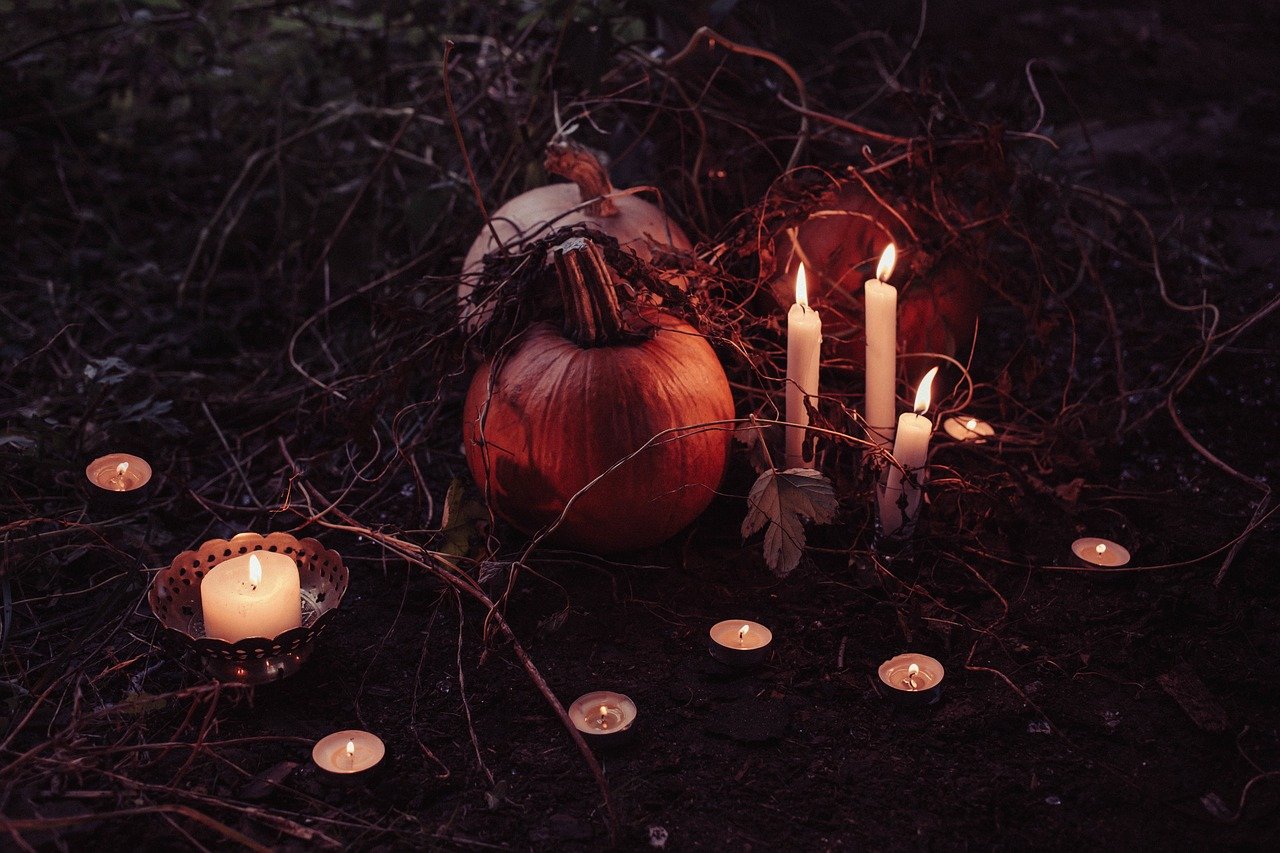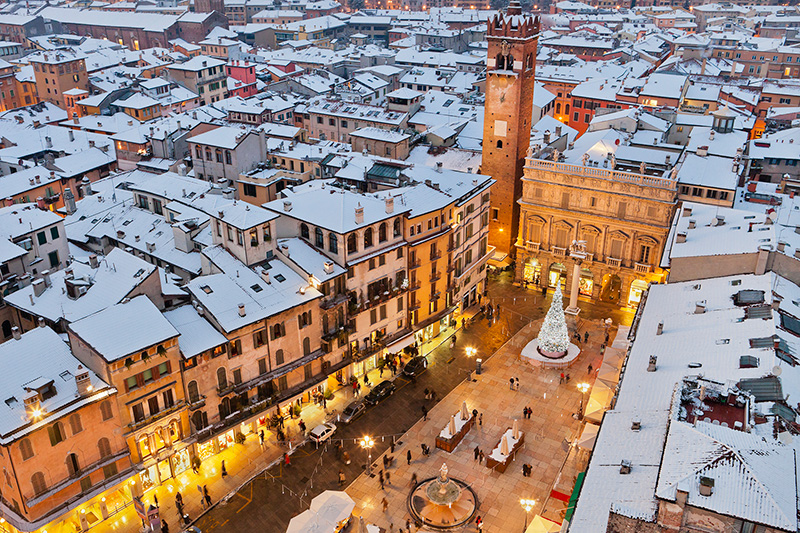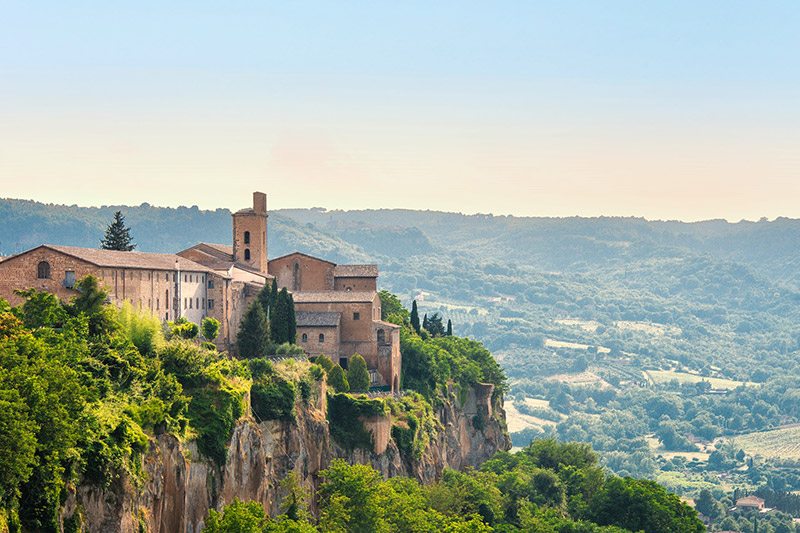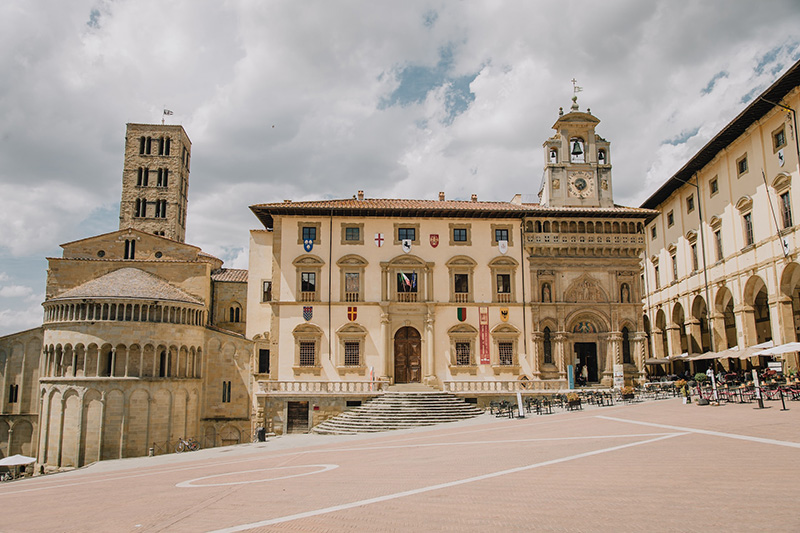From North to South there are many traces of this festival in the history of Italy. Pumpkins included!
Does Halloween really have no ties to the Italian culture?Just take a look at the history of Halloween and Italy’s regional traditions to discover that this is not the case.
Let’s start by debunking a myth: Halloween is not an American holiday. It has originated in Ireland, in the wake of an ancient festival called “Samhain”, the Celtic New Year, which marked the transition from summer to winter and from the old to the new year. On this day, it was thought that the afterlife would merge with the world of the living and that spirits could return to wander the earth.
Also the legend of Jack O ‘Lantern had its origins in Ireland. From here, in the 19th century, the legend was exported by Irish emigrants to America, where it found great approval.
Italy too, as we know, has its day of the dead: it is celebrated on 2nd November and is a religious holiday.
Apparently, it has little to do with disguises and trick or treating, but in the past things were different.
Halloween, All Saints’ Day and the day of the Dead are three holidays that have many things in common.
Starting from their origin: when the Catholic Church found itself facing the problem of pagan festivals, including Halloween, deeply rooted in popular customs, it understood that it was easier to incorporate them than to eradicate them. In response to Halloween, Pope Gregory II moved the feast of All Saints to November 1st; later, the day of the Dead was also established, November 2.
After all, Halloween has been linked to that of All Saints since its origin: the word “Halloween” derives from “All Hallows ‘Eve”, and means “All Saints’ Eve”.
In Abruzzo, as in many Italian regions, it was common to decorate pumpkins (by hollowing and carving them, and then lighting them with the help of a lit candle placed inside). Furthermore, on the evening of All Saints’ Eve, the young people of the villages would knock on the doors of the houses asking for offerings for the dead, usually seasonal fruit, dried fruit and sweets. This tradition has remained alive in some places in Abruzzo. Widespread was also the custom of begging by groups of boys or peasants and artisans who go from house to house singing an appropriate song. After dinner, the dining table was set to refresh the souls of the dead who returned to visit the living during the night and left as many candles lit in the windows as there were dear souls to illuminate their path home.
“The Tablecloth”, one of the most beautiful poems by Giovanni Pascoli, Italian poet and classical scholar, refers precisely to this custom, widespread in Italy, of leaving the table set on the night of All Saints’ Eve to allow loved ones who have passed away to rest and refresh yourself:
[…] She lets them come, the dead,
the kind, unhappy dead.
Oh! through the darkest black,
through wind or snow or rain,
she lets them come gasping back,
lets them return again
to the table where we sup,
to rest, till the sun comes up,
pursuing some far-off detail,
heads in their hands, and pale. […]
Furthermore, the idea that Halloween is an Italian tradition. It’s a thesis that Luigi Maria Lombardi Satriani, Calabrian anthropologist and professor at the Sapienza University of Rome, supports in his book “Il Ponte di San Giacomo”, in which he analyzes the ideology of death in Southern peasant society.
In a chapter of the book Lombardi Satriani, in fact, hypothesizes that the popular American festival of horrors is nothing more than the contamination of an Italian popular tradition and in particular Calabrian. In Serra San Bruno, a town in the province of Vibo Valentia, in Calabria, for centuries, for the recurrence of the dead, children have emptied large yellow pumpkins, give them the macabre and scary appearance of a skull and go around the town asking for an offer. It is the tradition – explains Maria Luigi Lombardi Satriani in the book – of the “Coccalu di muortu”, a death’s skull in the Serrese dialect, of which the anthropologist found traces in Calabria long before the gloomy staging of Halloween began in the United States .



